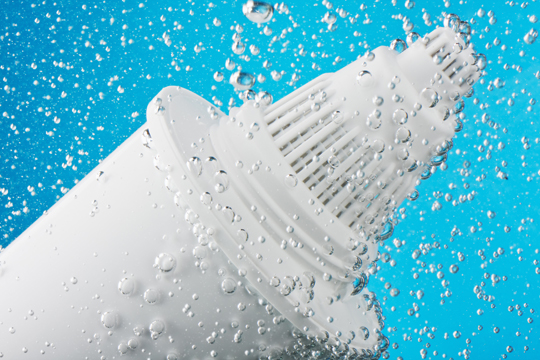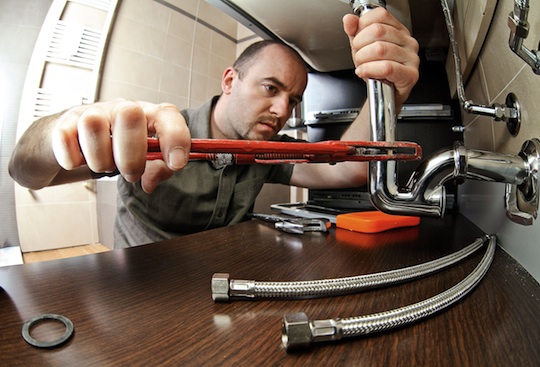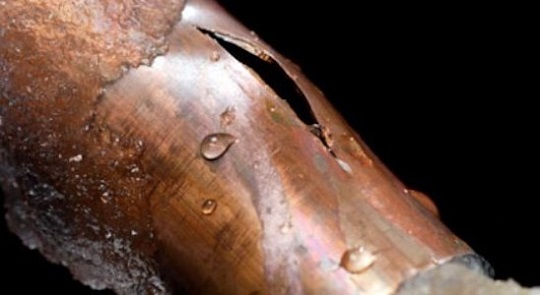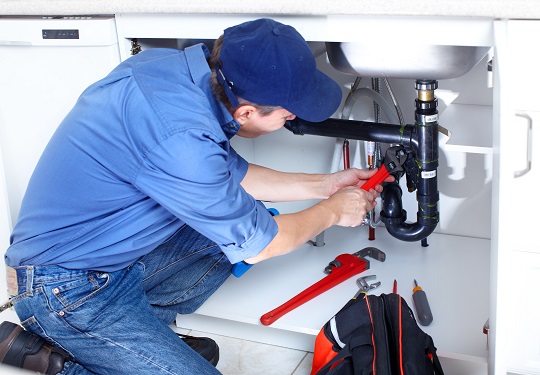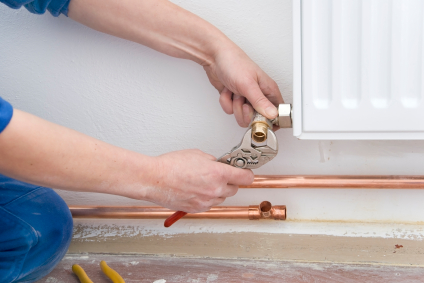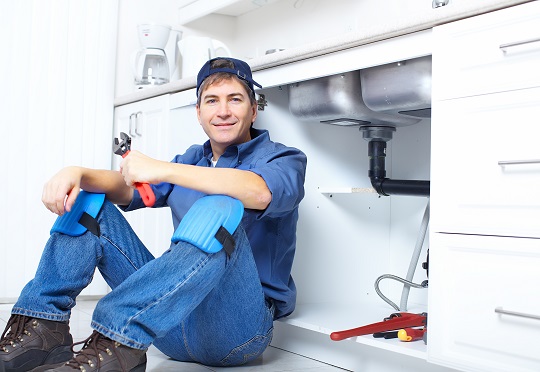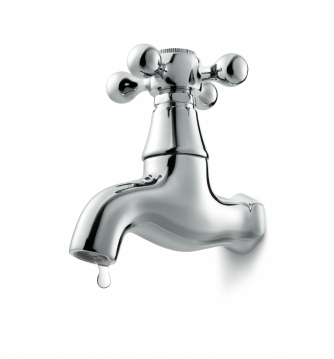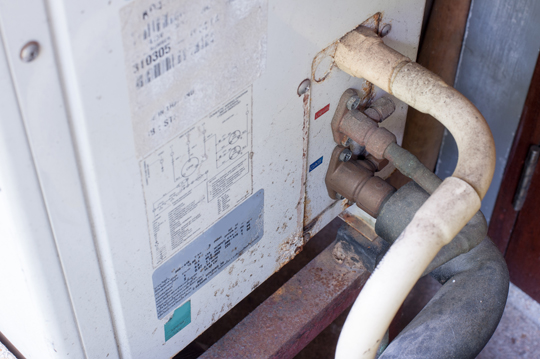
Having trouble with your water heater? Hold your thoughts about replacing the whole thing. Some hot water heater problems can be solved with a few basic tools. Maybe only certain parts need to be replaced.
Here are a few of the most common hot water heater problems and some quick troubleshooting and repair tips:
1. There’s no hot water coming out.
If you have an electric water heater, you may need to replace either the thermostat or the upper heating element of your unit. If you have a gas heater, check if the pilot light is turned on. If the pilot is on, you may have a faulty gas thermocouple that needs to be replaced. On the other hand, if the pilot light keeps going out after lighting it up, then the problem could be with the gas pilot control.
2. The water coming out smells bad.
If you can detect a rotten-egg odor from your hot water supply, it’s very likely that the tank has been contaminated by bacteria. A water heater has a metal (anode) rod that produces hydrogen gas during operation, and there’s a type of bacteria that feed on this emission.
To address this problem, you need to empty the water from your tank and then fill it up with hydrogen peroxide solution. Leave the solution for a couple of hours and then refill the tank with water. If the smell persists, remove the standard anode rod and replace with a zinc alloy/aluminum anode rod.
3. The water coming out is rusty.
Again, this is a problem with the heater’s anode rod, the purpose of which is to prevent rust from building up inside the tank. If the anode rod stops doing its job, you’ll certainly see rust in the water. The only solution is to replace the anode rod.
4. The water heater is making weird noises.
Are you hearing popping or shrill noises coming out of your water heater? The reason for this could be significant sediment buildup in the bottom of the heater’s tank, which is actually making the water boil instead of just heating it up.
Remove all of the water from the tank and fill it up again. You should also ensure your water softener is still working fine. On electric water heaters, the shrill noises can be caused by sediments that have built up on the heating elements. Again, you need to empty the tank and then scrub the elements clean.
Need an Expert to Fix Your Water Heater?
If you don’t know who to call for help with your hot water heater problems, contact Seva Call for a quick solution. We offer a free service to quickly find and connect you with the most reliable plumbers near you. Talk to a pro within minutes. Try us now!

